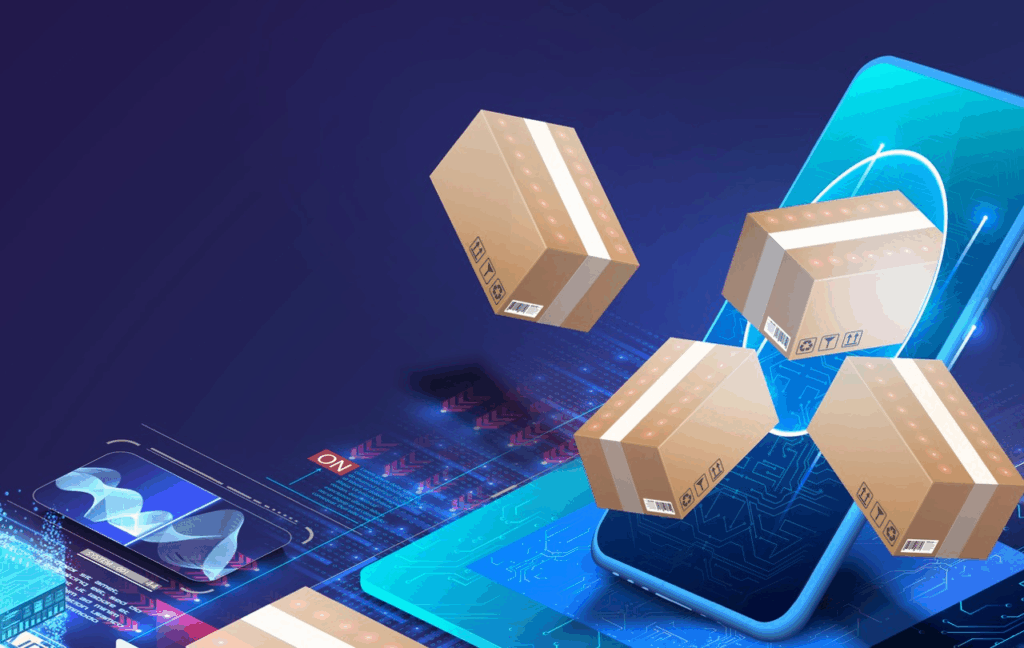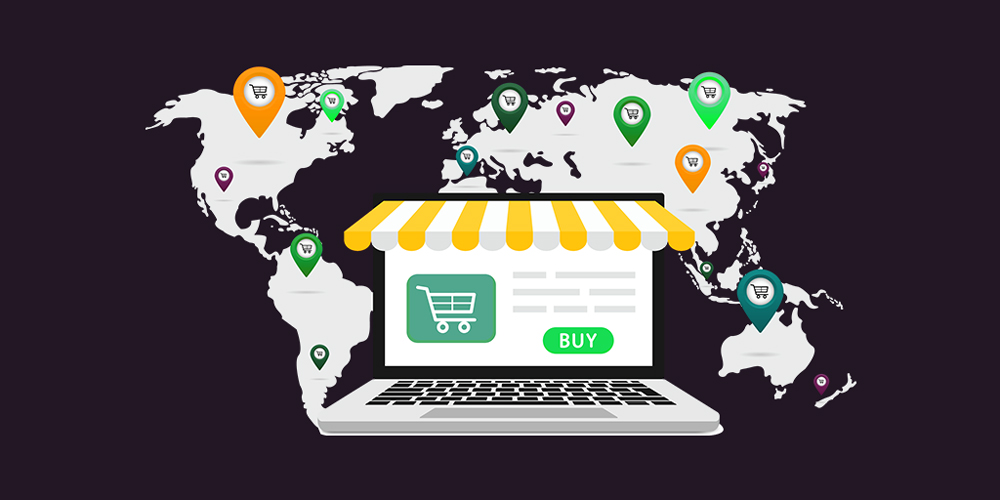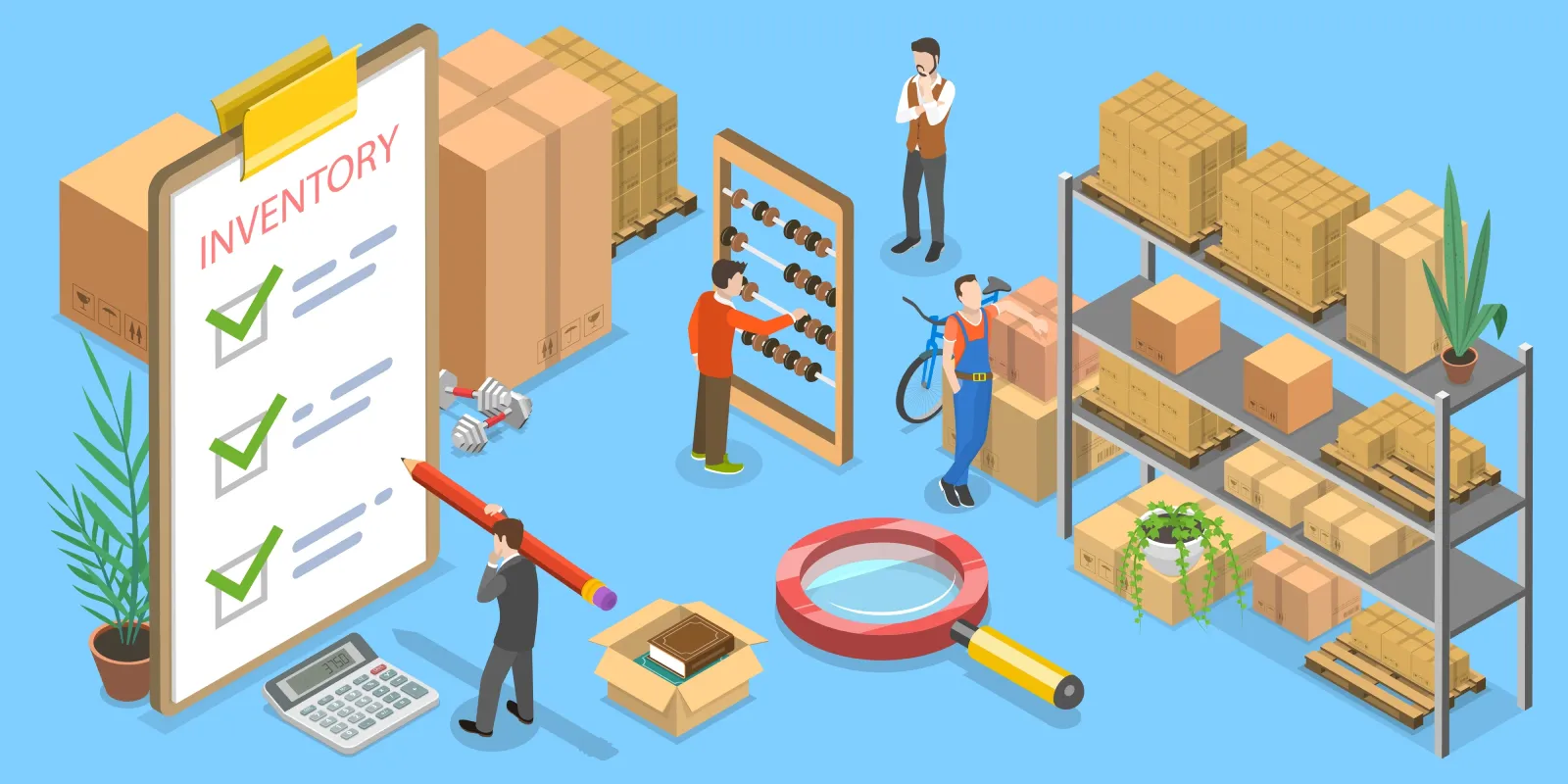Predictive International Shipping Tracking: Can AI Tell You the Delivery Date?
Predictive 国际航运跟踪 is changing the way global e-commerce works. Instead of waiting and wondering when a package will arrive, customers can now see accurate, AI-powered delivery predictions before the parcel even leaves the warehouse. For businesses, this technology means fewer refund requests, fewer complaints, and better trust.
As cross-border e-commerce grows, predictive international shipping tracking has become more than a trend — it’s a business necessity. Let’s explore how artificial intelligence can forecast delivery times, the data behind it, and how solutions like 邮政包裹 are shaping the future of international logistics.

1. Why Predictive Tracking Matters in Global E-commerce Logistics
1.1 Customer Expectations Have Changed
Online shoppers no longer accept vague updates like “in transit.” They expect precision — exact dates, live maps, and progress updates. Predictive tracking meets these expectations by using AI to estimate the most likely delivery window.
This matters especially for international deliveries, where variables like customs, carrier changes, and weather delays often create uncertainty. With predictive international shipping tracking, customers feel informed and in control, reducing anxiety and post-purchase frustration.
1.2 Transparency Builds Trust
Trust is the foundation of every successful e-commerce transaction. When customers are informed about the status of their shipment, they’re less likely to open disputes or request refunds. Postalparcel’s predictive tracking helps sellers provide this transparency automatically, without extra manual effort.
Instead of a one-size-fits-all tracking link, buyers see accurate arrival estimates based on 实时数据 — not generic delivery ranges.
2. How AI Predicts Delivery Dates
2.1 The Data Behind the Prediction
AI doesn’t guess; it learns. Predictive tracking systems like Postalparcel’s use millions of data points to analyze and forecast delivery times. These include:
- Historical shipping data from multiple carriers
- Real-time traffic and route conditions
- Customs clearance speeds by region
- Weather patterns and seasonal trends
- Local holidays that affect courier operations
By processing all this information, the AI model can predict the expected delivery date with impressive accuracy — often within one or two days of the actual arrival.
2.2 Machine Learning in Motion
The system constantly learns from new shipments. For example, if shipments to France begin taking longer due to a customs policy change, the AI model automatically adjusts its prediction. This ongoing learning ensures future customers receive more accurate timeframes.
Postalparcel’s predictive tracking model runs continuously in the background, refining its delivery-time estimates as new data flows in.
2.3 Personalized Predictions
Every order is unique. A shipment to Canada from Singapore may follow a completely different route and timing than one going to Germany. AI considers these variables individually, tailoring predictions for each package instead of using averages.
This level of personalization creates a smoother experience for both merchants and customers.

3. Business Benefits: AI Delivery Predictions in Global E-commerce Logistics
3.1 Fewer Customer Inquiries
One of the biggest pain points for e-commerce stores is the flood of “Where is my order?” messages. Predictive tracking drastically reduces these by keeping customers informed. When they can see a clear, AI-estimated delivery date, they’re far less likely to contact support.
For businesses, that means less time spent replying to tickets and more time improving the shopping experience.
3.2 Improved Customer Satisfaction
A clear, accurate delivery timeline builds confidence. Even if a package is delayed, customers are more patient when they understand why and when to expect updates. Predictive systems like Postalparcel’s make these insights visible automatically.
3.3 Better 物流 规划
It’s not just customers who benefit. Merchants can also plan better. Knowing when items will arrive at each stage helps manage inventory, coordinate warehouse staffing, and optimize reorders. Predictive tracking data can even guide marketing campaigns — such as notifying customers when new regions reach faster delivery speeds.
3.4 Lower Refund and Return Rates
Refunds often happen because of uncertainty, not dissatisfaction. When customers can see progress and receive reliable estimates, they rarely feel the need to cancel orders. Many Postalparcel users report a noticeable drop in refund requests after activating predictive tracking.
4. The Role of Postalparcel in Predictive Shipping
4.1 Real-Time Data Across Carriers

Postalparcel’s system doesn’t depend on a single carrier. It connects multiple international couriers, combining tracking data into one unified view. This allows the AI to recognize patterns across networks, improving prediction accuracy.
For example, if a specific route between Singapore and Los Angeles consistently takes 10% longer than average during December, Postalparcel’s algorithm automatically adjusts the delivery estimate for all similar routes.
4.2 Customs and Border Insights
One of the toughest challenges in 全球航运 is customs clearance. Delays at borders can derail an entire timeline. Postalparcel uses historical customs data and current traffic updates to calculate how long a shipment will likely spend at each checkpoint.
This lets customers see not only 其中 their parcel is but also 为什么 it’s taking longer — a level of detail traditional tracking systems can’t match.
4.3 Predictive Delay Alerts
Beyond estimating delivery dates, Postalparcel also sends predictive delay alerts. If the AI model detects a likely disruption — say, weather in Europe or port congestion — it proactively adjusts the estimated delivery date and notifies both merchant and customer.
This turns what could be a negative experience into a transparent, trustworthy interaction.
5. Technology Behind Predictive Tracking
5.1 AI + Big Data + IoT Sensors
邮政包裹 predictive international shipping tracking combines artificial intelligence, big data, and IoT sensors for real-time accuracy. IoT-enabled scanners and transport hubs provide location and temperature data, feeding it directly into the algorithm. AI then interprets this data to forecast the next movement or potential delay.
5.2 Data Normalization and Standardization
Because carriers use different systems and formats, Postalparcel’s platform standardizes all incoming data. That means whether the carrier is DHL, SF Express, or a regional courier, all tracking events are aligned into a consistent timeline. This makes prediction and reporting far more accurate.
5.3 Continuous Learning Loop
Every delivery improves the next prediction. The machine-learning model identifies outliers — routes, customs zones, or local carriers that frequently cause unexpected delays — and incorporates those findings into its next forecast.
6. Predictive International Shipping Tracking and the Customer Experience

6.1 Real-Time Communication
Customers today expect constant updates. Postalparcel’s tracking page offers live insights, showing not just “in transit” but estimated arrival windows and current location. When customers see transparency, it builds confidence and strengthens the relationship between brand and buyer.
6.2 The Psychology of Certainty
Studies in e-commerce show that 可预测性 is more important to satisfaction than speed. People would rather know a package will arrive in seven days than be promised “3–7 days” and wait in uncertainty. Predictive tracking eliminates that guessing game by offering a clear forecast.
6.3 Global Accessibility
邮政包裹’s system supports multiple languages and time zones. Customers worldwide can view their tracking updates in local formats and times, making it easier to accurately interpret delivery estimates.
7. Real Business Impact of AI-Powered Shipping Predictions
7.1 Case Study: Apparel Retailer Expansion
A Singapore-based fashion retailer expanded to Europe using Postalparcel’s predictive tracking system. Before implementation, customer inquiries about shipment delays were 42% of total support tickets. After switching to predictive tracking, inquiries dropped by 68%.
At the same time, the company noticed a 15% increase in repeat purchases, demonstrating the significant impact that accurate tracking can have on customer confidence.
7.2 Case Study: Electronics Brand
An electronics brand using international dropshipping faced frequent refund requests due to unpredictable delivery times. After integrating Postalparcel’s predictive international shipping tracking, refunds decreased by 37%, and their Trustpilot rating improved within two months.
These examples show the direct ROI predictive tracking can bring — fewer issues, happier customers, and more sales.
结论
Predictive International Shipping Tracking powered by AI isn’t science fiction — it’s the new standard for global e-commerce. By turning complex logistics data into clear delivery predictions, businesses gain control, customers gain confidence, and operations become smoother.
Postalparcel’s predictive tracking solution combines intelligence, transparency, and real-time insight to redefine cross-border delivery. It answers the question, “Can AI tell you the delivery date?” — with a confident yes.
It doesn’t just predict arrival times. It predicts satisfaction.
行业洞察
收件箱消息
Nulla turp dis cursus.整体释放,预留空间








